Earbuds
There's more than just AirPods out there. Get the scoop on the best earbuds across price ranges and target markets.
Reviews
Guides
How-to's
Features
Versus
All the latest
Earbuds news
I bought the cheaper Pixel Buds, and I regret nothing
Ryan HainesDecember 5, 2025
0
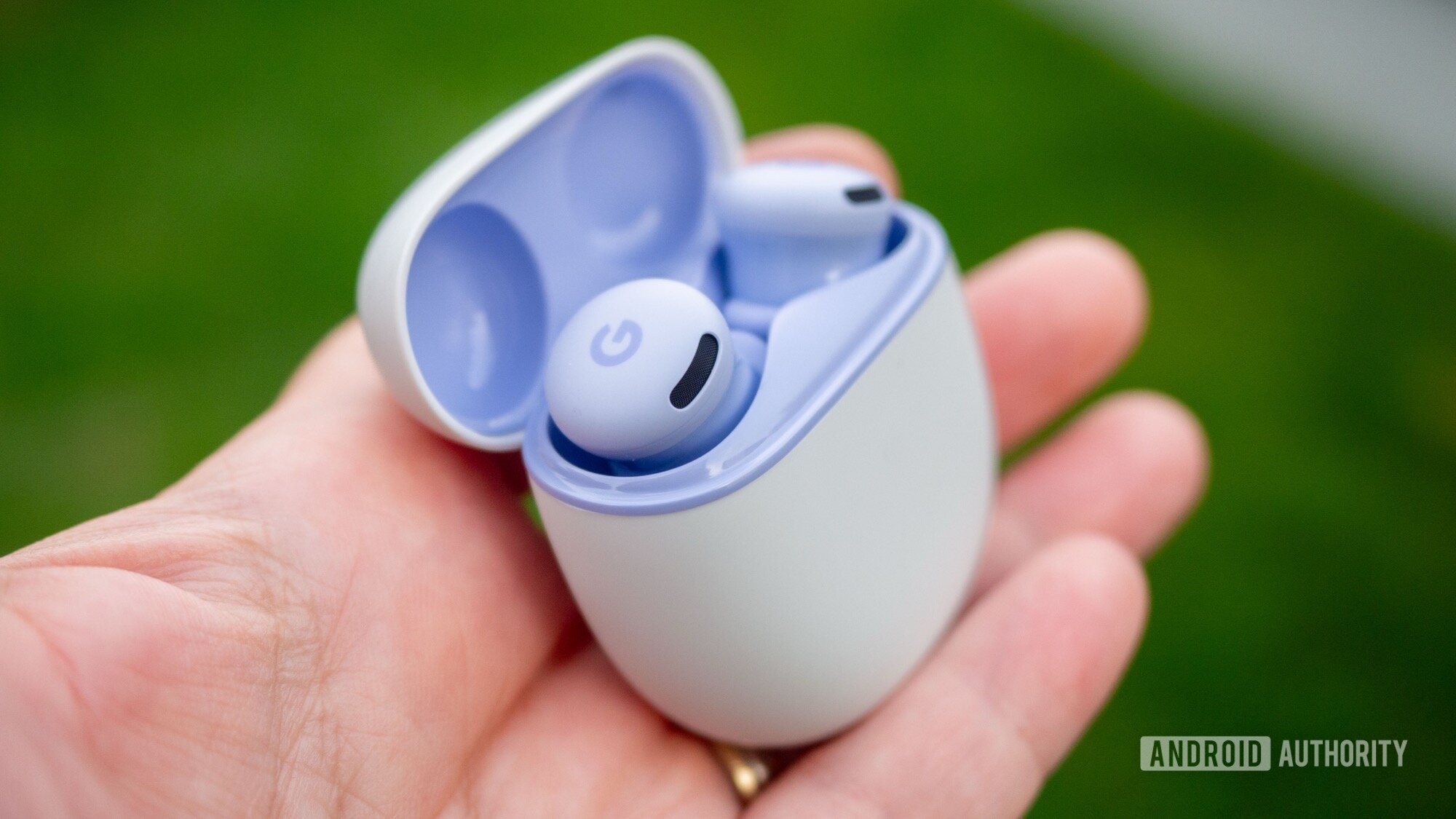
This OxygenOS 16 feature fixes my biggest annoyance with OnePlus phones
Tushar MehtaNovember 29, 2025
0
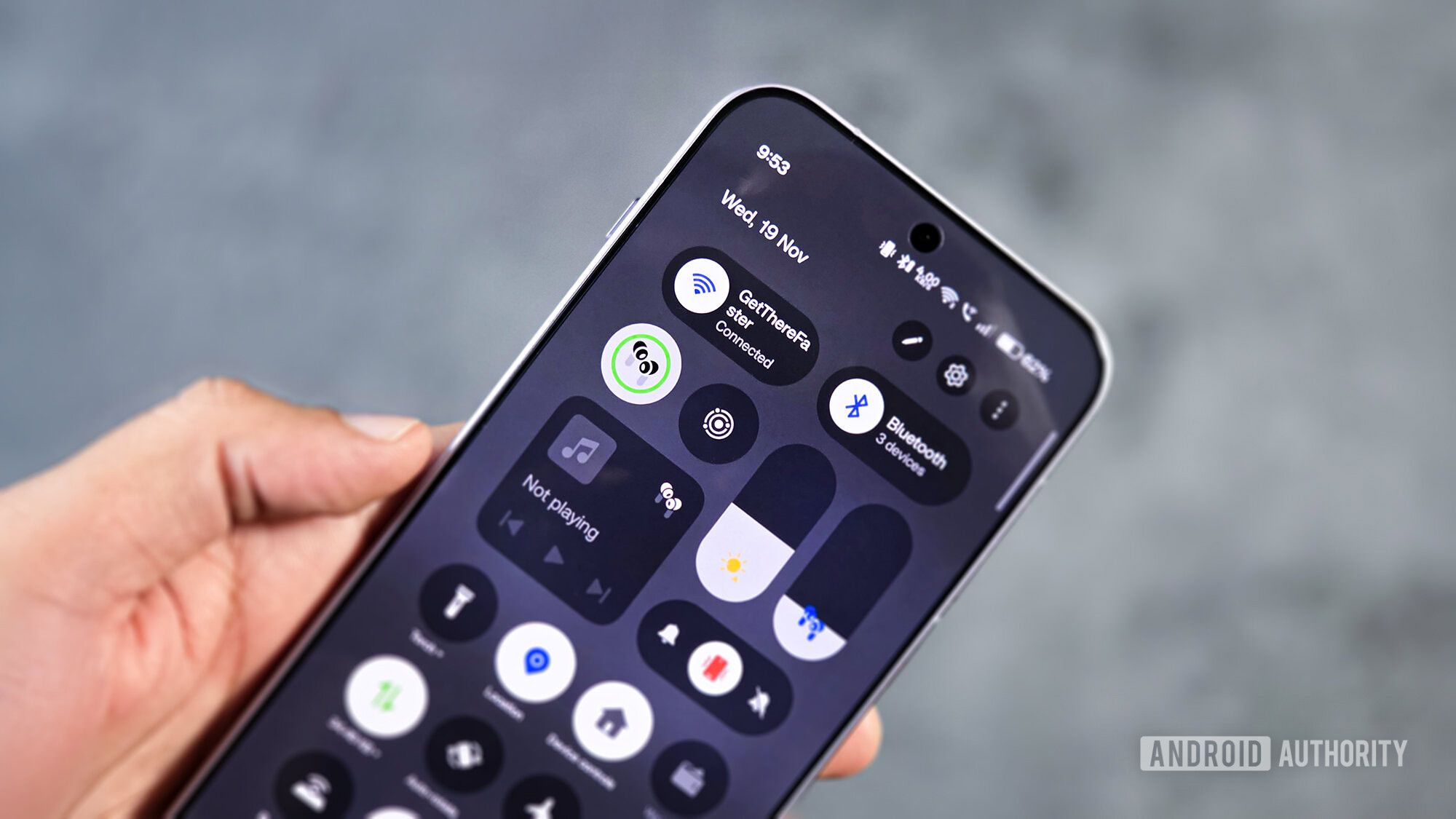
As a Pixel superfan, these are the 20 Black Friday deals I'd actually buy (and those I'd skip)
Rita El KhouryNovember 26, 2025
0
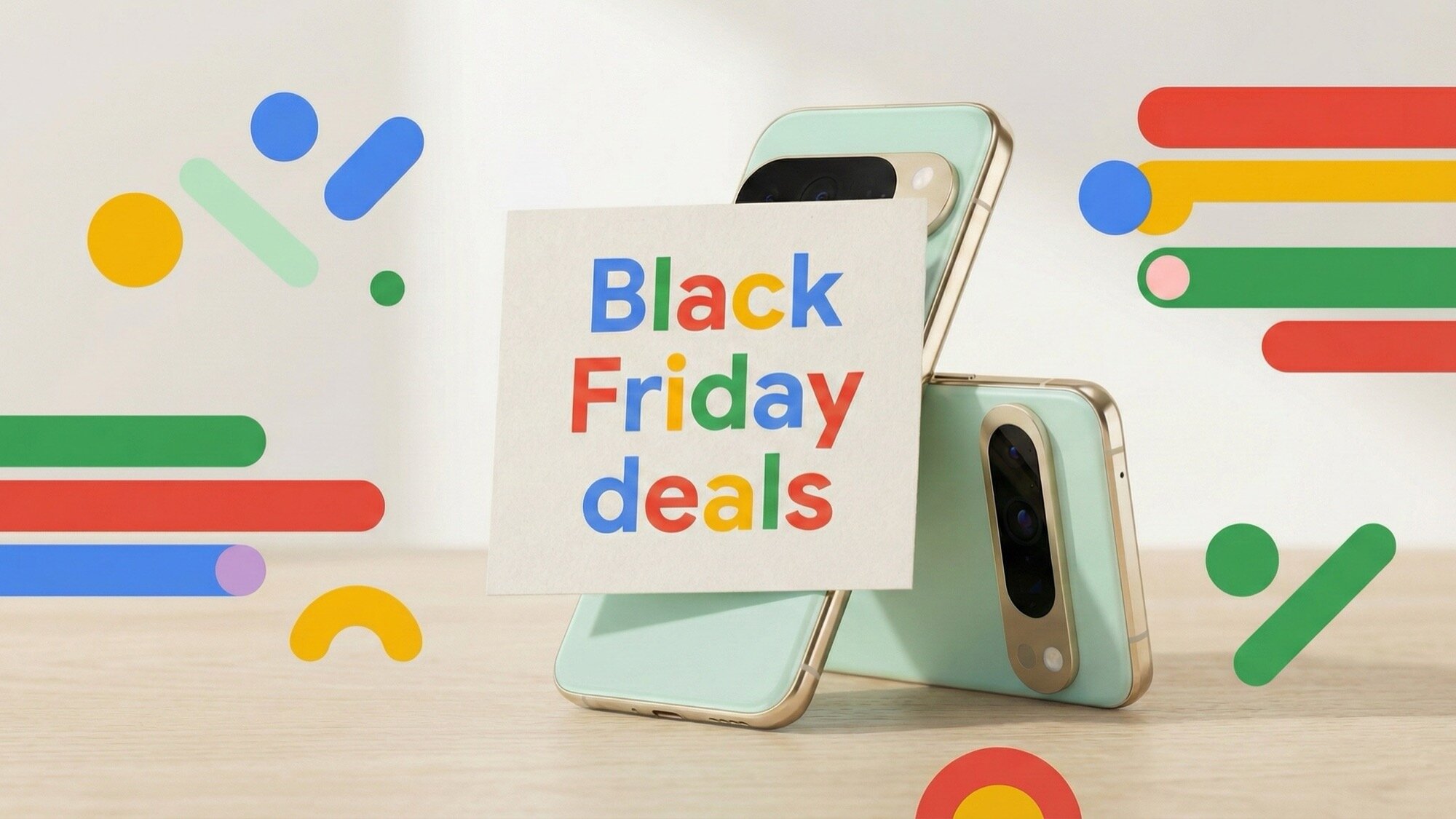
I hated the Galaxy Buds 3 Pro design, but the Buds 4 Pro might win me back
Joe MaringNovember 18, 2025
0

These Apple-made earbuds are the best Pixel Buds alternatives
Dhruv BhutaniNovember 11, 2025
0
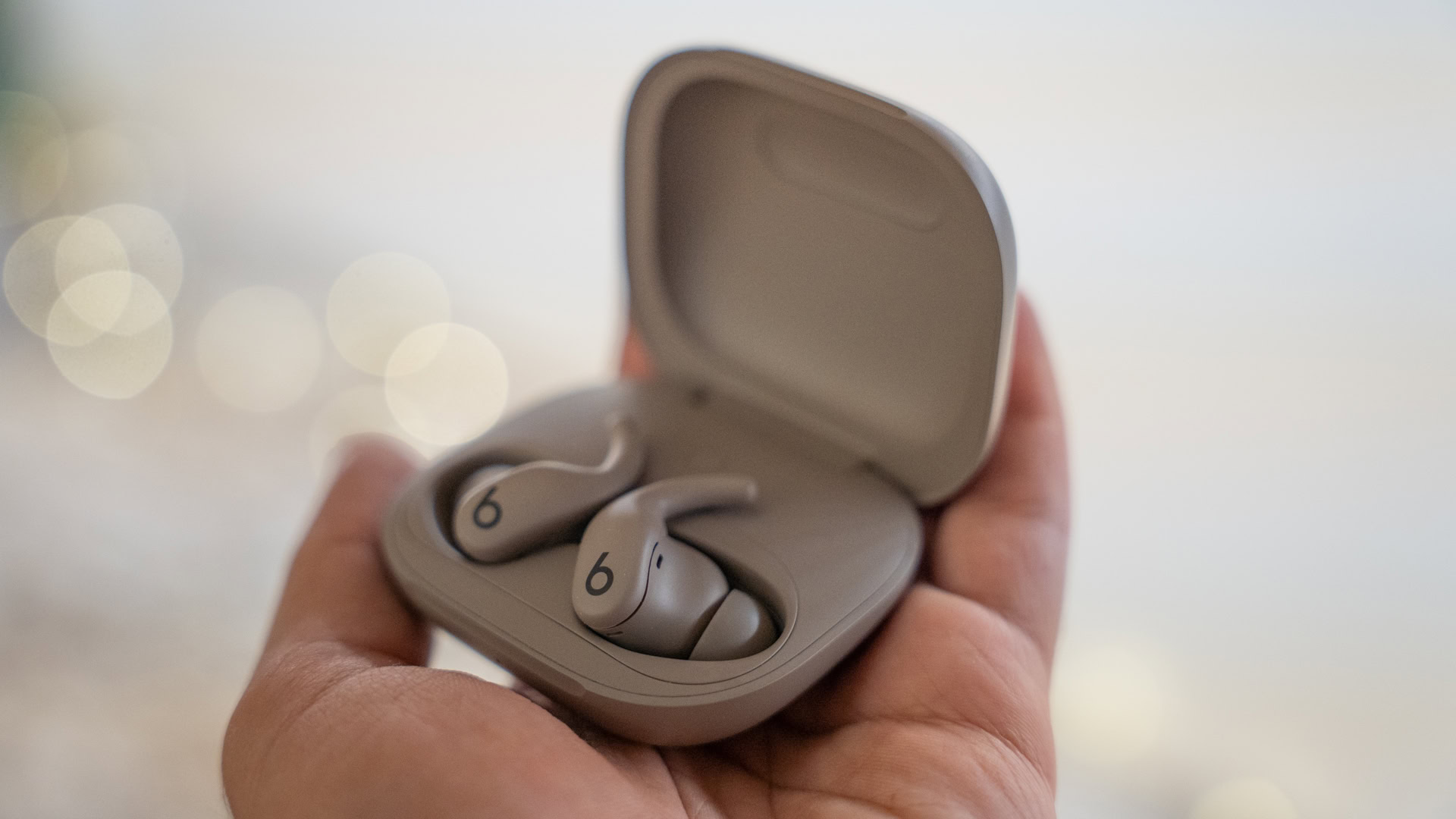
I ditched my Google Pixel Buds Pro 2 for these cheaper buds and I didn't miss a thing
Rita El KhouryOctober 11, 2025
0


Google’s rollout of Bluetooth audio sharing on Pixels has been a mess
Mishaal RahmanAugust 24, 2025
0
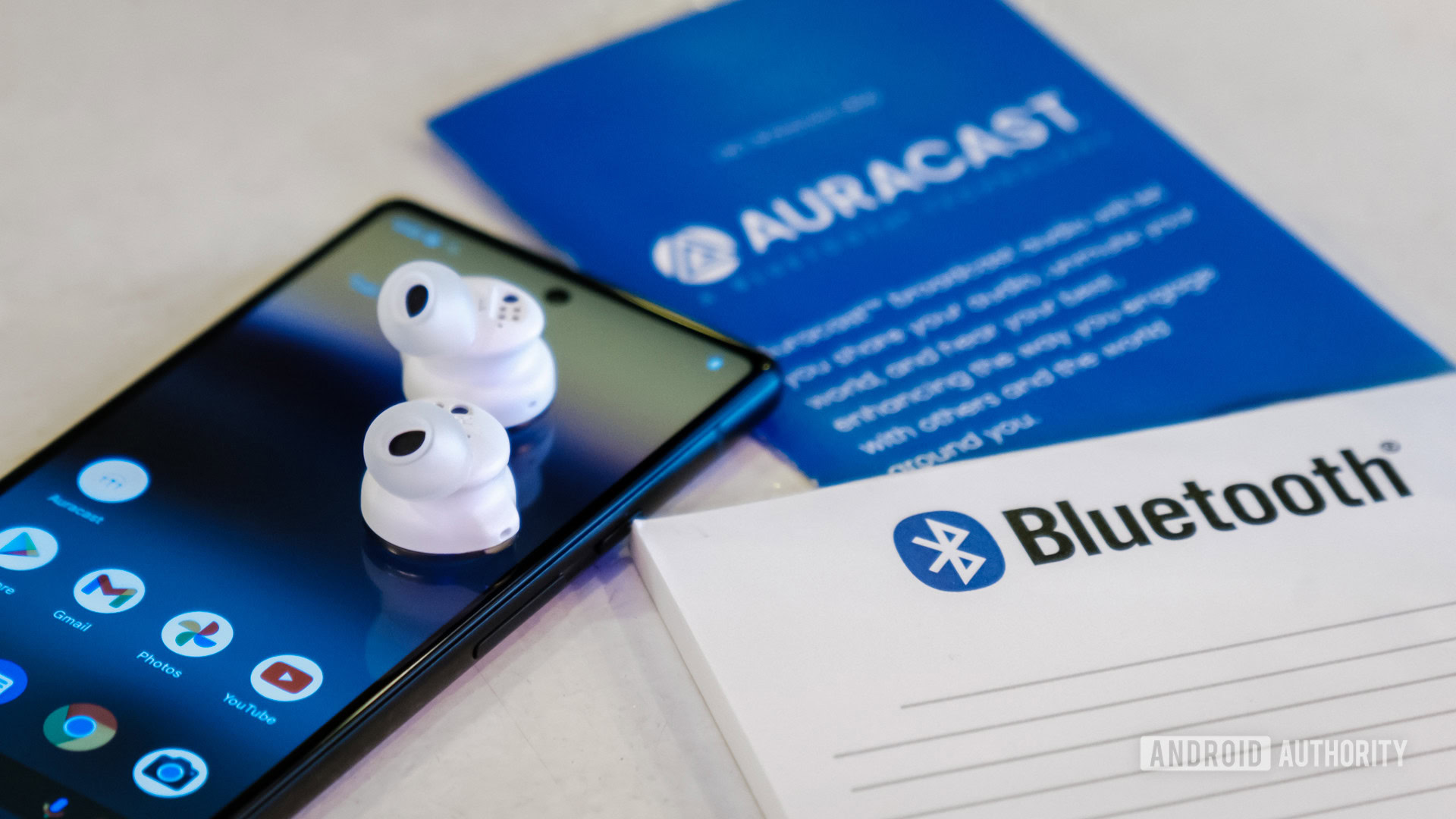
I replaced my AirPods Pro with $130 HUAWEI earbuds, and I didn't want to go back
Joe MaringJuly 12, 2025
0


Get more done with less effort — These productivity-boosting gadgets now start from $119
Brought to you by viaim

Nothing Headphone 1 mix retro cool with new tech, but you need to know this one thing before you buy
Tom TriggsJuly 1, 2025
0
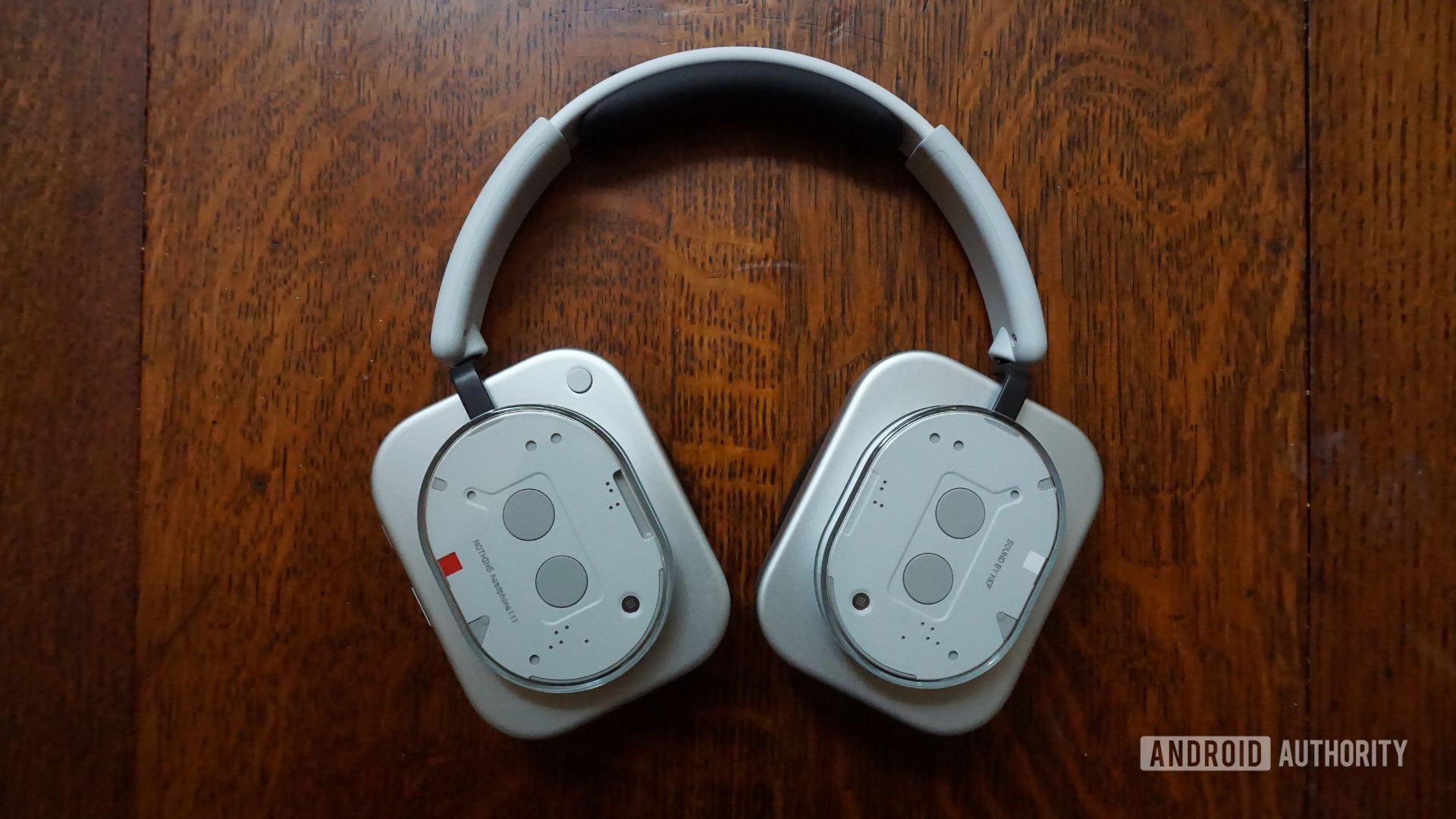

You can still get the Bose QuietComfort Ultra headphones at a record-low in some colors
Edgar CervantesDecember 4, 2025
0
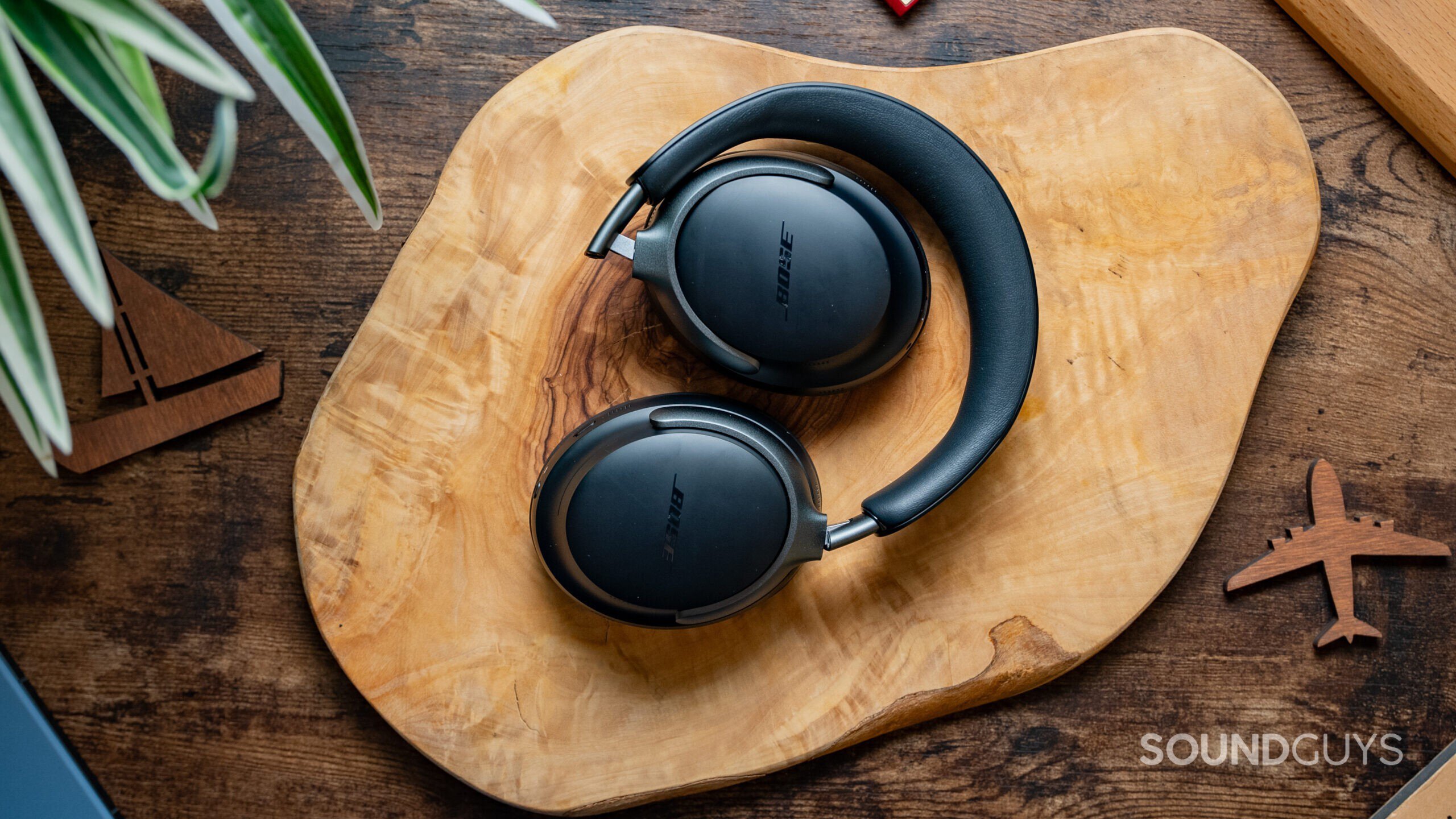
Sony just gave its best noise-canceling headphones a sports makeover
Jay BonggoltoDecember 4, 2025
0
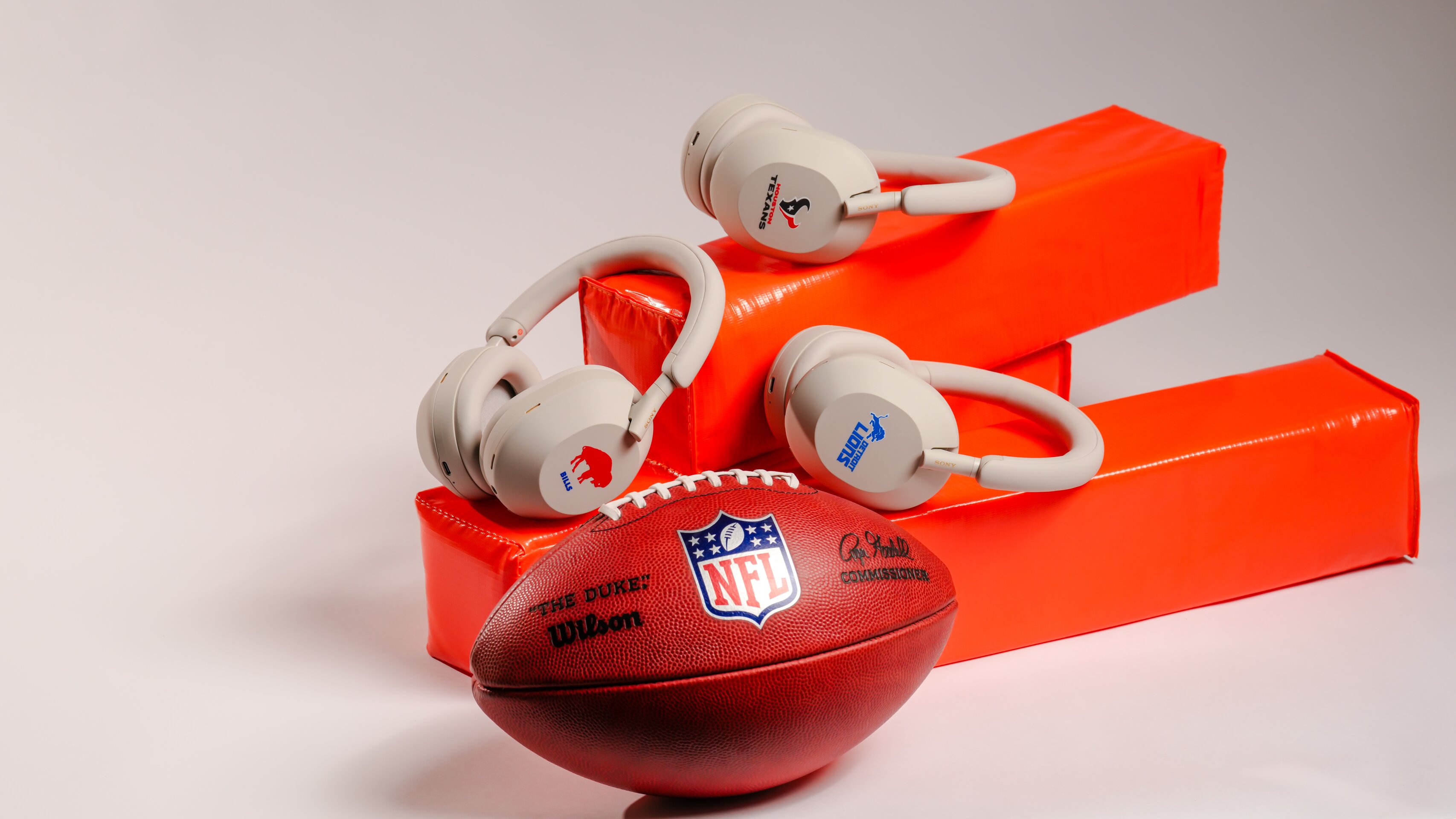
Record-low price alert: Apple AirPods 4 with ANC $80 off!
Edgar CervantesDecember 3, 2025
0

It's both good news and bad news for Samsung Galaxy Buds 4 and Buds 4 Pro battery life
Stephen SchenckDecember 3, 2025
0
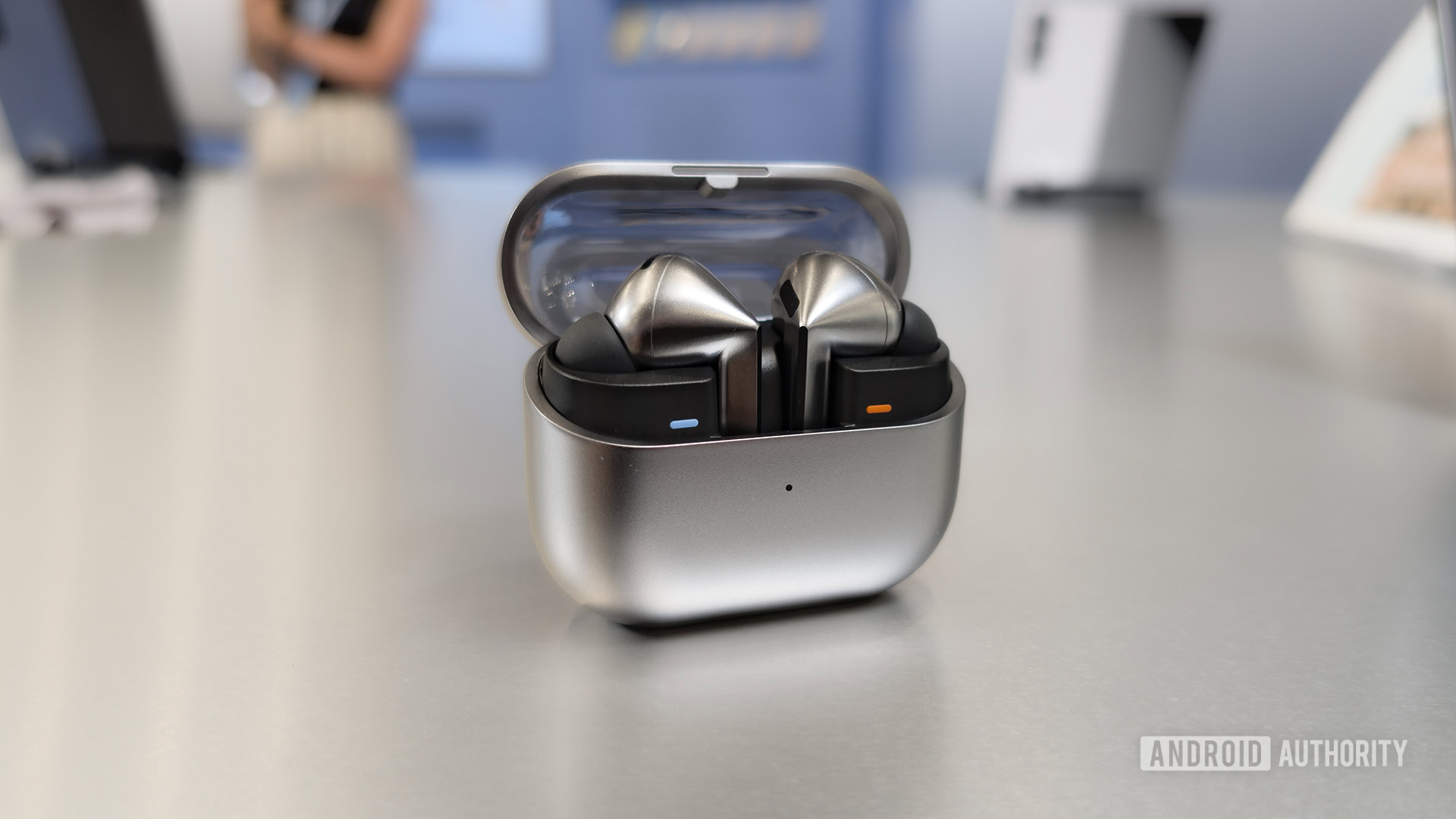
Save $50 on the amazing Bose QuietComfort Ultra 2nd Gen headphones
Edgar CervantesDecember 2, 2025
0

This Galaxy Buds 4 gesture could supercharge Samsung's real-time Interpreter mode
Stephen SchenckDecember 2, 2025
0

Last chance to save over 60% on these highly rated JBL headphones for Cyber Monday
Matt HorneDecember 1, 2025
0
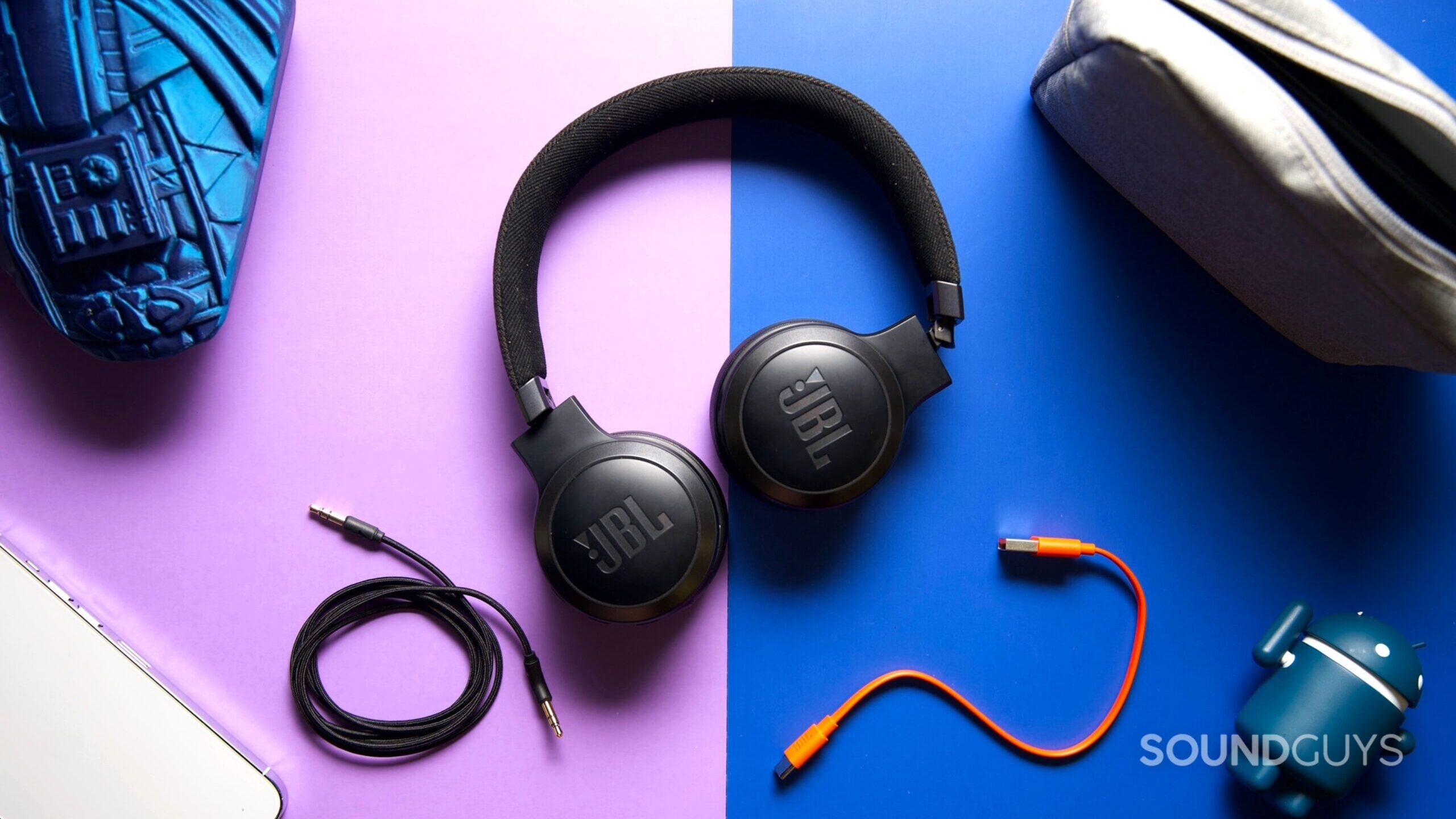
Samsung One UI leak reveals upcoming Galaxy Buds 4 design
Stephen SchenckDecember 1, 2025
0
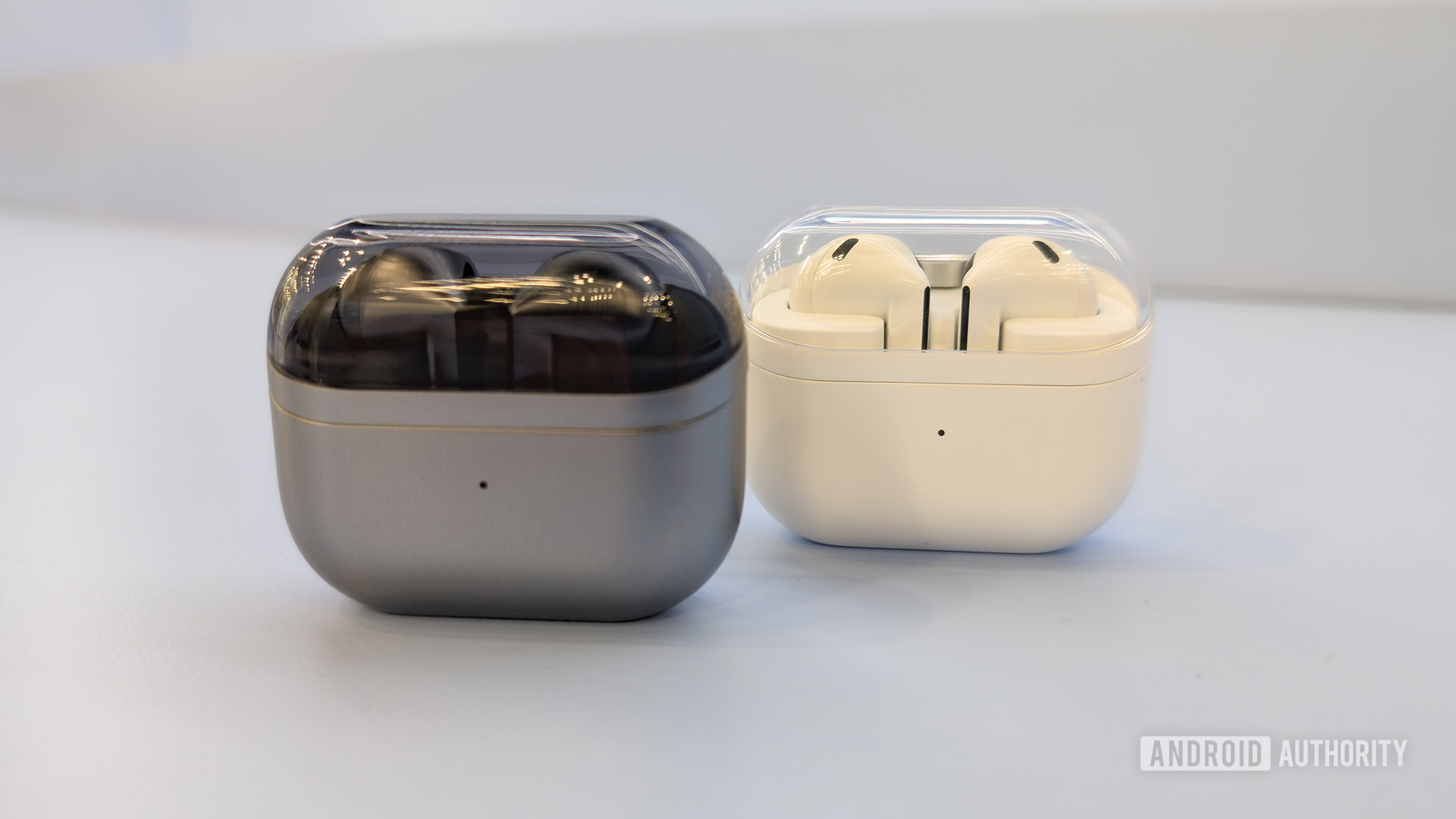
Latest AirPods Max model plunges to an all-time low price for Black Friday
Matt HorneNovember 28, 2025
0
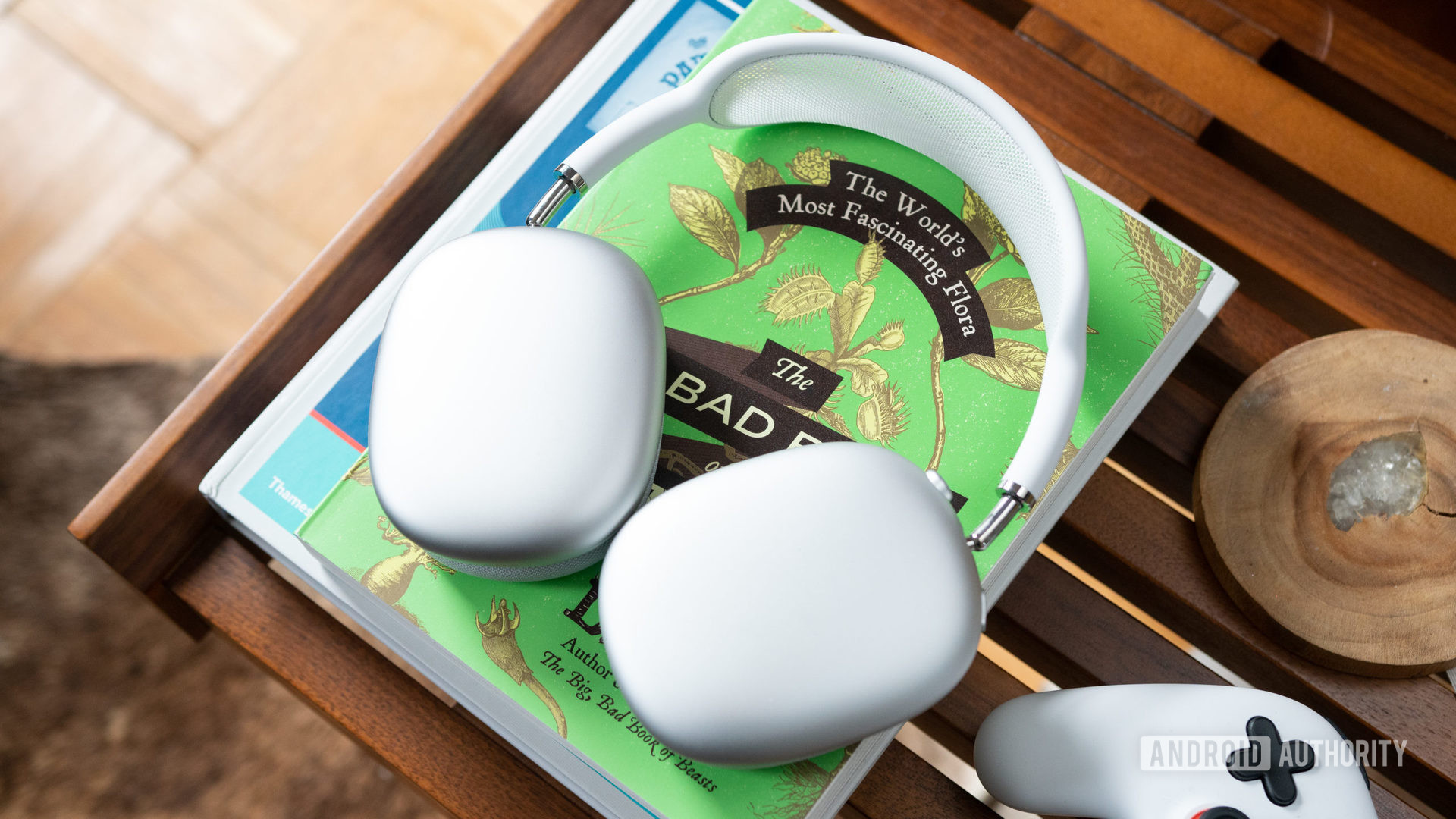
Record-low price: Soundcore Q11i headphones at $29.99
Edgar CervantesNovember 26, 2025
0
